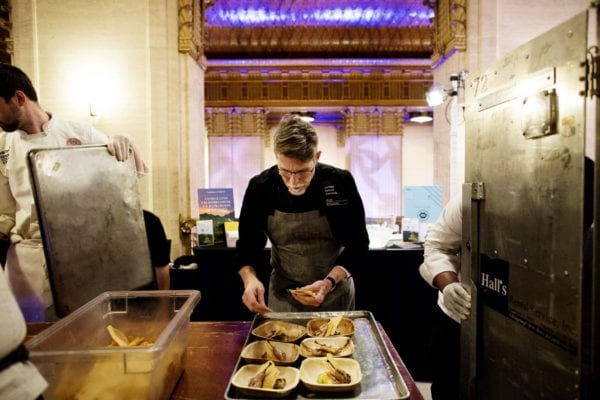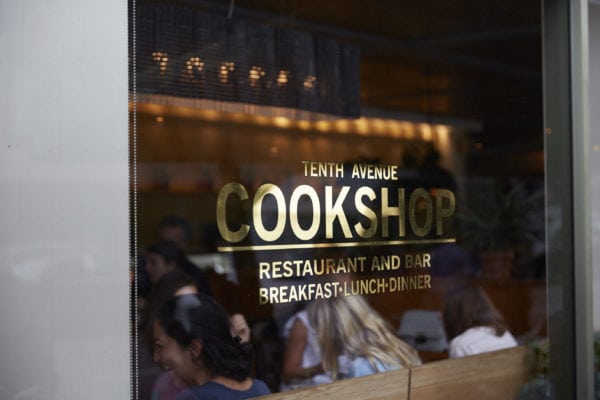Skift Take
Young people are increasingly interested in longterm restaurant career paths, but many still believe that the industry only offers mostly dead-end jobs. Figuring out how to change that perception and build a supportive work environment is going to make all the difference when it comes to filling open positions and decreasing turnover.
— Erika Adams
Young employees are a critical part of the restaurant industry workforce but there isn’t enough being done to retain and encourage these all-important staff members, according to a new report published by the National Restaurant Association Educational Foundation.
According to the National Restaurant Association, there are about 800,000 open jobs in the industry (an all-time high) and the industry is expected to add 1.6 million more jobs within the next ten years. In that same period, the pool of 16 to 24 year old employees, a demographic which makes up 40 percent of the industry’s workforce, is expected to drop by 1.3 million people.
If staffing problems were a headache before, just wait until what the field looks like a decade from now.
“We’re going to have to find a way to recruit 640,000 16- to 24-year-olds that we are not on a pathway to recruit,” Rob Gifford, the executive vice president of the National Restaurant Association’s Educational Foundation, said. “If we don’t figure out how to get smarter and appeal to this demographic, we’re going to have huge problems.”
The National Restaurant Association’s Educational Foundation, in conjunction with the Center for Generational Kinetics, surveyed 1,606 people in the U.S. between ages 16 to 29 to get an idea of how young people viewed restaurant employment. In the sample, generation Z was defined as respondents aged 16 to 21 and millennials were ages 22 to 29.
According to the survey, over 80 percent of respondents said that their first paid job was in a restaurant, and 70 percent agreed that it was a good place to get a first job. “They believe that time in the restaurants gave them success in all areas,” Gifford explained. The skills learned — teamwork, multitasking, customer service — are easily transferrable, and respondents liked the flexibility and pace of the job.
That’s the good news, but not nearly as many people stay in the industry after that initial job. The top reason for leaving the industry, according to the survey, was simply because people had “found something better.” And the perception of restaurant jobs as not a valid career path continues to persist. 43 percent of survey respondents believe that the industry still offers mostly dead-end jobs and 35 percent view the industry as a place for people who don’t have the skills to work anywhere else.
There isn’t necessarily a lack of interest in the restaurant industry as a career path, however. One third of survey respondents said that they’d be interested in staying and working in high levels of the industry as owners, operators, or bartenders.
Where the chain breaks down, then, is in ensuring that these employees have access to mentorship, a clear path to advancement, regular pay raises, and a healthy work culture within the restaurant — all points that survey respondents listed as important job considerations. “A significant segment want to move into ownership, but they don’t know how to get there,” Gifford said. “Mentorship is really key.” Both good pay and having a good manager were the top two reasons cited when asked what would absolutely convince them to stay in a restaurant industry job after six months.
“In the battle for talent that is going to rage more and more fiercely in the coming years, the companies that are mindful of the things that these generations are yearning for, and make commitments to make those things available, will win the battle for talent and market share over the next ten years,” Gifford said.






